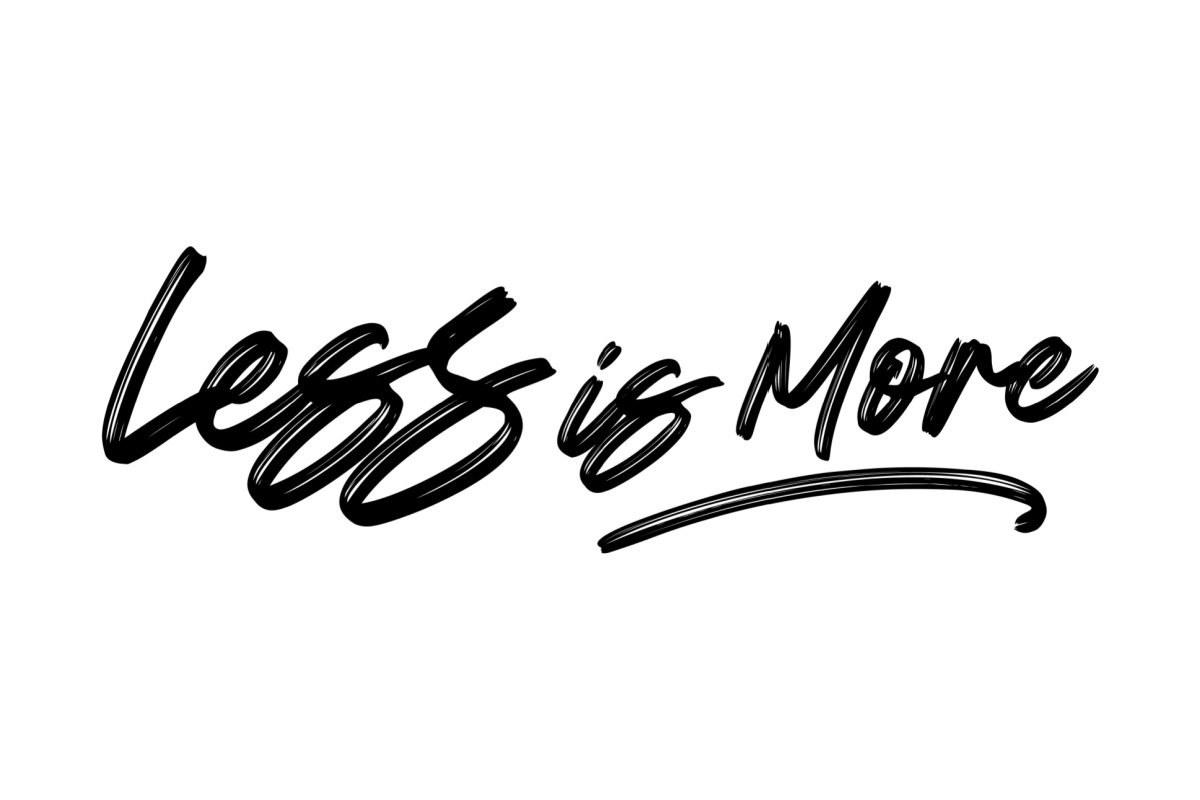We’ve all heard the expression less is more? Whilst this may not always be the case (pastries, good books and quality wine), it is bang on when it comes to rent payment options.
The NSW Residential Tenancies Act 2010 stipulates a minimum requirement of 2 payment methods of which to pay rent.
One of these must be free to the tenant.
Whilst each State may differ, it is important to offer a variety of options to your tenants that are both accessible and feasible. Without going too crazy.
Preferred payment methods may also differ depending upon your location and demographic. We may be moving towards a more cashless society, but it still may be the preferred method of payment in some rural agencies. Whereas in an inner city agency, completely void.
It pays to communicate with your tenants and narrow down your rent payment options to suit.
Rent payment options
-
Cash
Pros: Free, no fees and instantly cleared.
Cons: Is the riskiest type of payment with zero security. Also dependent upon the agency being open to physically receive the funds. If you are closed – late or no payment. This can become a big issue over Christmas and holiday periods. -
Cheque and money orders
What are cheques you may ask? Yes cheques are a dying method of payment but still preferred by some tenants. Money orders offer similar benefits.
Pros: Can be posted and are free
Cons: Transaction/deposit fees to the agency. Stop orders can also be placed which can incur dishonour fees for the agency. -
BPay
Pros: Rent can be paid instantly from anywhere at any time and is free.
Cons: Small transaction fee to the agency to accept BPay payments – generally under $1 per transaction, but this does add up quickly! -
Direct Debit
Pros: Simple to set up with a standard banking authority form.
Cons: If the tenant does not have sufficient funds you will incur a dishonour fee which can add up very quickly. Dishonour fees can climb as high as $30 per dishonour. Not ideal! -
Direct Credit
Pros: Tenant transfers money from their account to the Trust Account. No fees, instant payment of rent.
Cons: Reliant upon the tenant paying rent on time and chasing if not received. -
Rent Card
Pros: Free for the agency however some may pass on dishonour fees to the agency.
Cons: A cost to the tenant of approx $3-$5 per month -
Paying at Bank or Post Office
Ahhh, old school paying at the post office. Bring back the old days.
Pros: Tenant can pay at their local branch with a deposit book.
Cons: Physical banks closing in many areas due to online banking options. -
Centrepay or Rent Deduction Scheme
Pros: Rent can be deducted from a tenant’s pension or government benefit.
Cons: A small amount (approx $0.99c) is taken out by the Government when it deposits into the Trust Account. -
Credit Card/EFTPOS
Pros: tenants who collect frequent flyer points or loyalty points love this service, however, not worth it from our point of view.
Cons: Monthly terminal and transaction fees.
Why not offer all payment options?
If you decide to offer all of the above options, we wish you luck in reconciling your Trust Account and dealing with transaction fees. Not only can this be an administrative nightmare, but a costly one too. Choosing a good selection of payment options from the above list will ensure your tenants have a variety of options to choose from, without creating an administrative (and costly) nightmare for your agency.
Jane Morgan is the Director of End of Month Angels, a consultancy firm specialising in Trust Accounting. Jane knows the legislative requirements of running a successful Real Estate office through her 25 years’ industry experience. Don’t trust just anyone with your trust accounting. Book an appointment with an End of Month Angel today.

